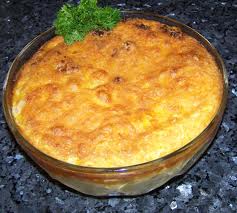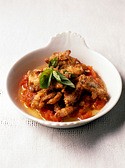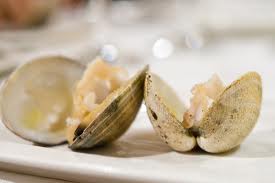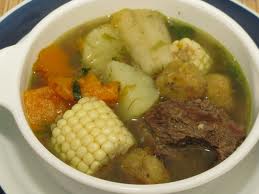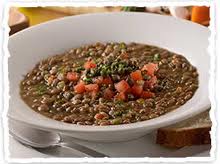I’m an aficionado of canned tuna fish. Have been all my life. Like most Americans, it’s mainly been in the usual tuna fish sandwiches. You know the deal: 2 slabs of bread and tuna mixed with gobs of mayonnaise. Canned tuna has so many uses. Back in Spanish Harlem, during my salad days, we use to make a quick meal of canned tuna fish over rice. Simple and delicious. But the sandwiches remained our usual standby. And in our experimenting with tuna sandwiches we came upon our favorite: broiled tuna sandwiches (of which the recipe is given below).
It should be noted that in the U.S. 52% of canned tuna is used for sandwiches. While 22% is for salads, and 15% is for other uses such as casseroles. Canned tuna comes in 2 variations: Chunk Light and White Albacore (also known as “solid white tuna”). Chunk light tuna comes from darker species of tuna and is considered not as good as solid white. The interesting thing is that chunk light contains lower levels of mercury than albacore white and thus it’s healthier for you. According to the American Medical Association, canned tuna contains various levels of mercury. So, for young children it should be limited to no more than 2 meals a month. Whereas chunk light should be limited to 3 meals a month. All this is off-set by the fact that canned tuna is a good source of Omega-3 fats that help reduce cardiovascular disease.
BROILED TUNA SANDWICHES
2 cans (5-oz) tuna, flaked
1 cup chopped celery (about 2 large ribs)
1/4 cup mayonnaise
1 clove garlic, finely minced
1/4 teaspoon dried oregano
Freshly ground black pepper to taste
4 hamburger rolls, split and toasted (or 8 slices toast)
Grated Parmesan cheese to taste
1. In a bowl mix all the ingredients except the rolls and Parmesan cheese.
2. Spread rolls on a baking pan or cookie sheet, and spread with the tuna mix to cover. Sprinkle with Parmesan.
3. Broil about 6 inches from heat source until bubbly (about 5 minutes).
4. Cover with roll tops. Cut each roll in half and serve.
Yield: 4 servings.


